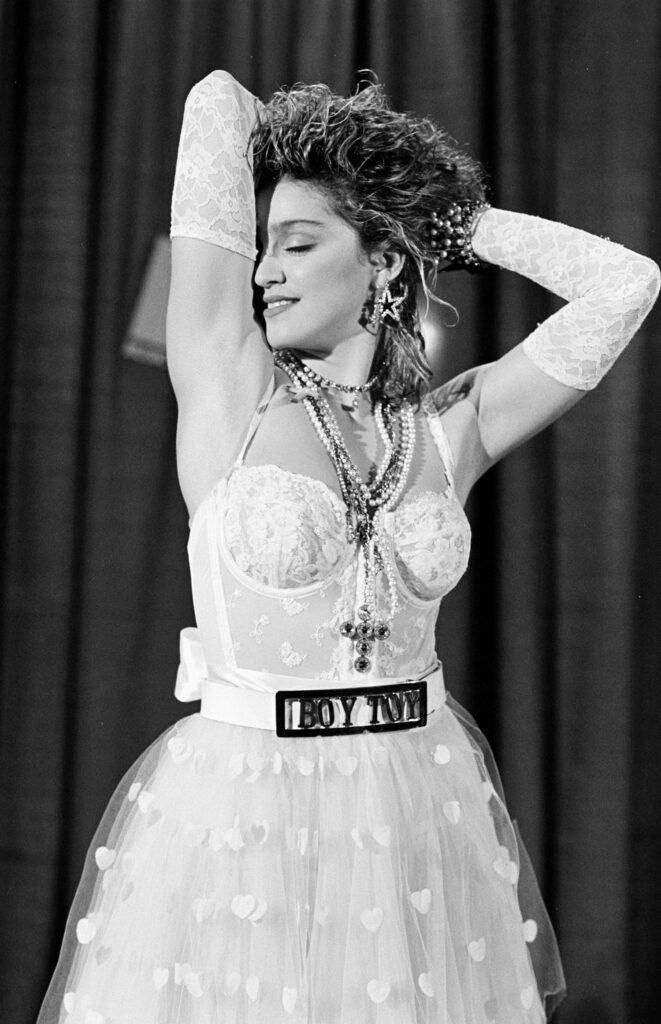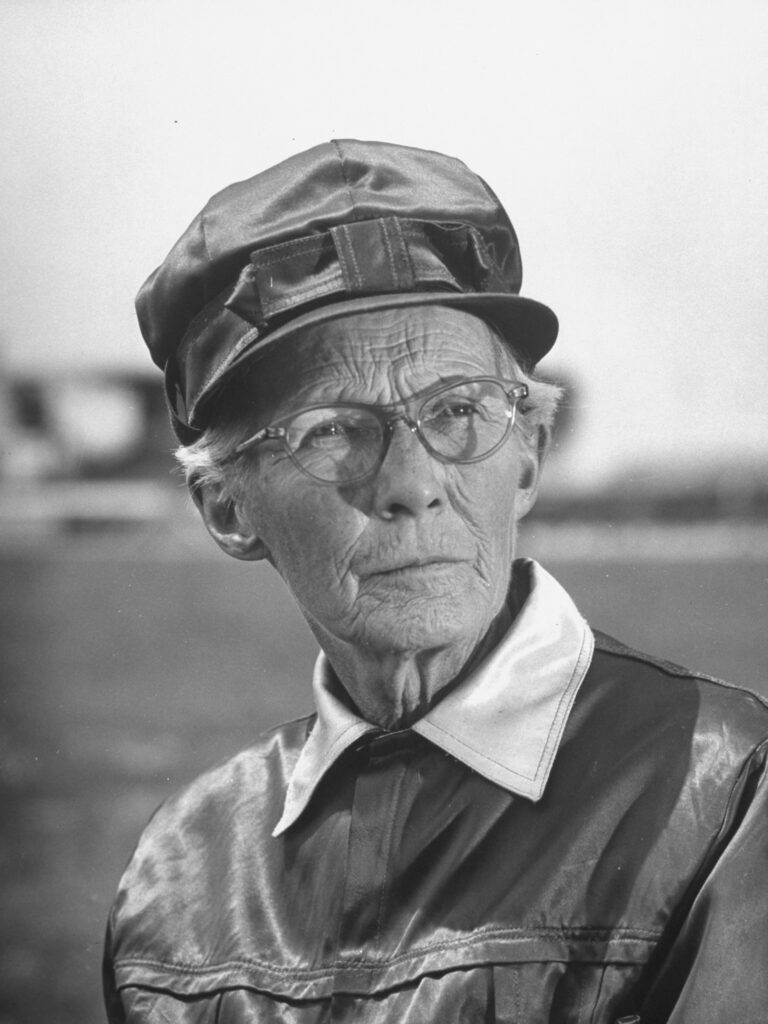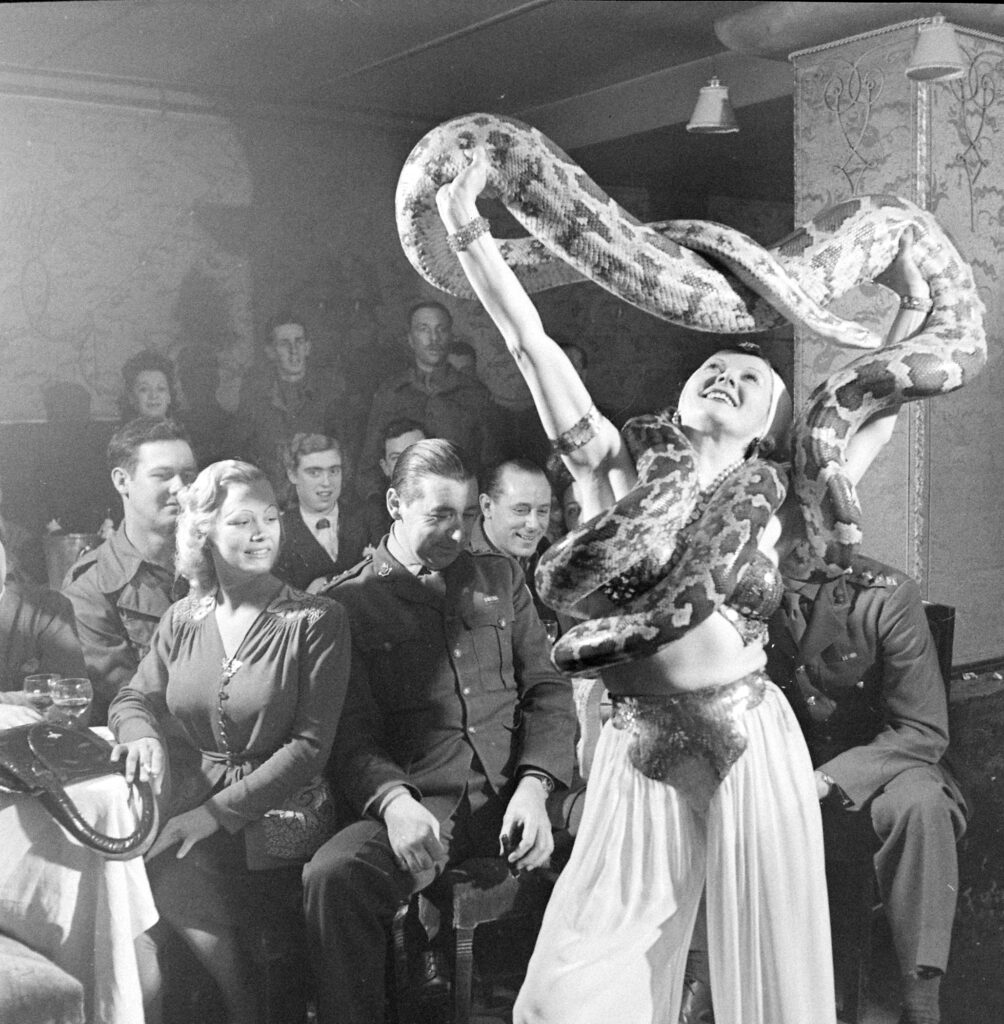The following is excerpted from LIFE’s new special issue on The Karate Kid, available at newsstands and online:
The title was ridiculous. So ridiculous nobody thought it would stick. It was a name fit for a silly Saturday morning cartoon, a sappy after-school special, a flop. It certainly wasn’t a title for a movie that could launch an enduring Hollywood franchise.
No, “The Karate Kid” had to go.
“I mean, can you imagine?” Ralph Macchio wrote in his 2022 memoir, Waxing On: The Karate Kid and Me. “If I ever did get this part and the movie hit, I would have to carry this label for the rest of my life!”
Macchio got the part. And once he landed the lead, he fought to get the title changed. He wasn’t alone. Next to nobody liked it. But producer Jerry Weintraub wouldn’t budge. He knew it was memorable: “It’s a terrible title, but because of that, it’s a great title.” It wasn’t the only thing memorable about 1984’s The Karate Kid.
“Wax on, wax off.” “Sweep the leg.” “Ali . . . with an i.” “Get him a body bag!” Forty-one years on, we’re still quoting classic lines from the original film. Four decades in, the Netflix series Cobra Kai has introduced multiple new generations to Daniel LaRusso, Johnny Lawrence, John Kreese, and the wisdom of Mr. Miyagi. And now 2025’s Karate Kid: Legends pairs Macchio with martial arts icon Jackie Chan.
In the early 1980s, karate wasn’t cool. Aliens were cool: E.T. The Extra-Terrestrial broke box office records in 1982, and the original Star Wars trilogy wrapped to wild fanfare in 1983. Hunky boxers, barbarians, and (oddly enough) archaeologists were cool, as flicks from Sylvester Stallone, Arnold Schwarzenegger, and Harrison Ford filled the multiplexes.
Blockbuster teen movies weren’t even a thing yet. Before 1984, nobody knew who Molly Ringwald, John Hughes, or the Brat Pack were. Karate and high school drama wasn’t exactly a winning combination for a film. This meant expectations for The Karate Kid were low.
The $8 million budget came in at less than a quarter of what it cost to make Return of the Jedi. The leads were B-list at best—Macchio’s most notable credit was a spot as a recurring character on a single season of ABC sitcom Eight Is Enough; Mr. Miyagi actor Noriyuki “Pat” Morita was best known as restaurant owner Matsuo “Arnold” Takahashi in two dozen Happy Days episodes. Despite the modest budget and lack of star power, The Karate Kid was a smash.
“After the first Karate Kid screened and everybody was doing the crane kick in the parking lot, [producer Jerry Weintraub] put his arm around me and said, ‘You’re going to be making a few of these,’ ” Macchio remembered.
Macchio has now made four films—the original ’80s trilogy plus this year’s Karate Kid: Legends—set in the Miyagi-verse, which is what he calls the Karate Kid cinematic universe. Morita also tallied a quartet of movies in the series (he followed the trilogy with 1994’s The Next Karate Kid, starring an unknown Hilary Swank in her breakout role). And the universe has continued to expand, even when Macchio and Morita sat out projects.
A Saturday-morning cartoon was made in 1989 with Morita doing narration. Car washes popped up that incorporated “Wax On, Wax Off” in their names.
A reimagining of the first film with the same title starring Jaden Smith and Jackie Chan racked up $359 million worldwide in 2010. Then in 2018, the Netflix streaming hit Cobra Kai reunited Macchio with original nemesis Johnny Lawrence, played by William Zabka, adding their characters’ kids to the martial arts rumbles across six seasons. The world couldn’t get enough of the Miyagi-verse.
Why was the movie such a success when it debuted? Why does the saga’s popularity endure through generations? And who exactly must shine their Honda at Wax On, Wax Off? The latter question might be impossible to answer. But the first two aren’t so confounding when you look at what the Karate Kid myth delivers.
Everybody loves an underdog, and Daniel LaRusso is the ultimate underdog.
Also, it turned out The Karate Kid did have a few things in common with past blockbusters. Daniel and Miyagi’s relationship echoed that of Rocky Balboa and trainer Mickey Goldmill. It recalled the lovable battle of wills between Luke Skywalker and Miyagi-like Jedi Master Yoda.
The lessons of the first film, lessons about kindness, acceptance, and mercy, reverberate across the Miyagi-verse. In The Karate Kid Part II, Miyagi says, with a little bit of cheek, “Rules to karate. Rule number one: Karate for defense only. Rule number two: First learn rule number one.” After the fictional death of Miyagi—Morita passed away in 2005—Daniel carried his mentor’s wisdom forward in Cobra Kai, telling his pupil: “You may know the moves, but none of that matter unless you have balance . . . I mean balance in your life.”
Even Johnny Lawrence, the ’80s quintessential high school bully, looks for some balance in Cobra Kai. One thing that makes the Netflix series so compelling is the reinvention of Johnny from bad boy to, well, a little bit less of a bad boy. The kid who was raised to “strike first, strike hard, no mercy” grows up to understand Miyagi’s teachings and becomes another lovable underdog you can’t help rooting for.
This shared Miyagi-verse not only unites all of these projects but provides a consistent human-first worldview that we should all strive for, making the films as entertaining as they are memorable. Well, as memorable as a franchise with the title “The Karate Kid” can be.
Here are a selection of photos from LIFE’s new special issue on The Karate Kid:

Front Cover ©Columbia Pictures/Courtesy Everett Collection; (background) Columbia Pictures/Album/Alamy

Daniel LaRusso (Ralph Macchio) works on his crane kick in the 1984 film “The Karate Kid.”
Alamy Stock Photo

Daniel sets up for the crane kick against Johnny Lawrence (William Zabka) in the climactic fight of “The Karate Kid” (1984).
@Columbia Pictures/Photofest

Daniel (Ralph Macchio) and Kumiko in the 1986 film “The Karate Kid Part II.”
©Columbia Pictures/Courtesy Everett Collection

Daniel and Mr. Miyagi (Pat Morita) celebrate in “The Karate Kid Part III “(1989).
©Columbia Pictures/courtesy Everett Co / Everett Collection

Mr. Miyagi takes on new pupil Julie (Hilary Swank) in “The Next Karate Kid” (1994).
©Columbia Pictures/Courtesy Everett Collection

Jaden Smith took center stage in the 2010 franchise reboot film “The Karate Kid.”
©Columbia Pictures/Courtesy Everett Collection

Ralph Macchio and William Zabka reprised their roles from The Karate Kid in the Netflix series Cobra Kai.
Curtis Bonds Baker/Netflix

Ralph Macchio directed William Zabka on the set of the Netflix series “Cobra Kai.”
CURTIS BONDS BAKER/NETFLIX

(Left to right) Ralph Macchio, Ben Wang and Jackie Chan in the 2025 film “Karate Kid: Legends.”.
Jonathan Wenk/Columbia Pictures
















































































